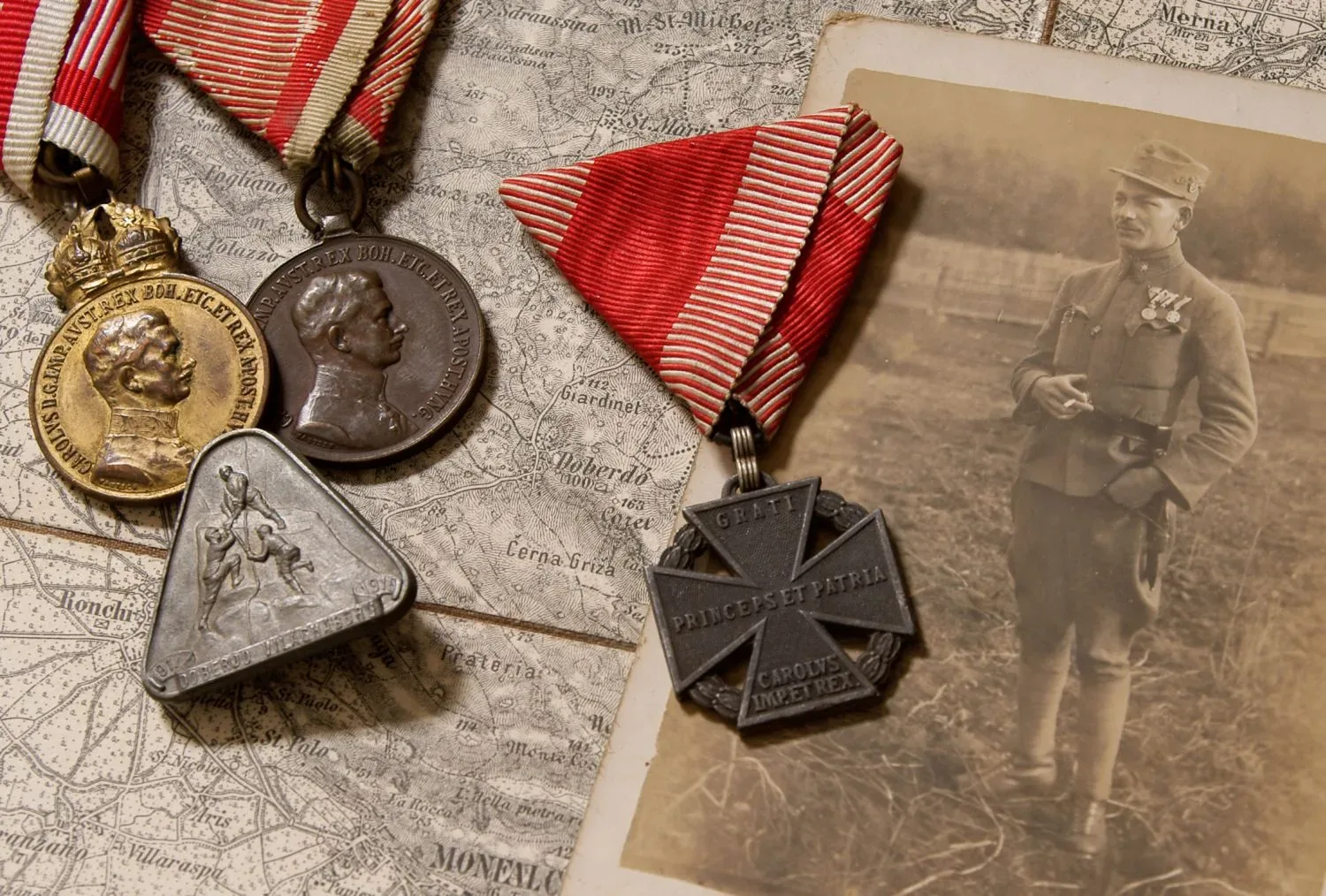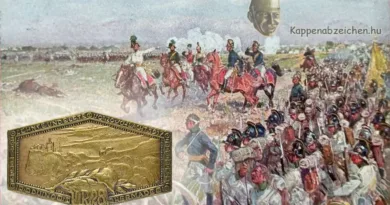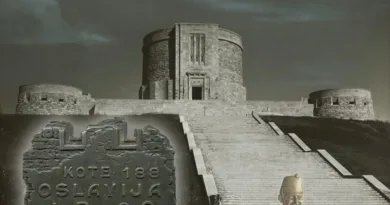Doberdó
It is little known outside of Hungary that in the Hungarian peoples’ minds and wording the Italian front has always been called “Doberdó”. Most people do not even know where the name comes from. In fact, there is a little lake on the Karst plateu called Doberdob in Slovenian, today the village Doberdó del Lago lies just few kilometers from Triest. The village and lake did not play an outstanding role, I can meet more frequently the name of Nova Vas in the same vicinity. Nevertheless, this name became the generally used Hungarian term for the Italian front.
The Karst plateu had been the most southern part of the South-West front ranging from the Adriatic see to the Vippach valley South of Görz (today Gorizia). This was a relatively short section of the front line, however, since it was more flat then for example the Tyrolean sections the Italian attacks were more frequent and more massive here than in other places. Due to the relatively flat terrains many Hungarian divisions were applied on the Karst plateu. The bulk of the Hungarian soldiers came from the Hungarian plains.When applied in the mountains of Karintia in May-June 1915 it turned out that they were not trained for the hilly terrain and were soon moved to the Karst, to the Doberdó section.
Two divisions were especially frequently applied here in the period of July 1915 to October 1917 (when the front moved to the West after the 12nd Isonzo battle). In the frames of the VII army corps the 17th Division (39th, 43rd, 46th and 61st regiments) and the 20th Honvéd Infantry Division (1st, 3rd, 4th and 17th Honvéd regiments) were applied in this area for most of the time. The VIIth corps defended the central and northern part of the front (Mt San Michele and San Martino del Carso area in 1915-16, Fajti Hrib and Kostanjevica area in 1917). To the south various other units served, but many of them were also Hungarians. For example, in 1915 the 16th Népfelkelő Mountain Brigade was applied close to the Doberdó Lake, thus, the name may come from that source.
The impotance of the name Doberdó is reflected also in the fact that a cap badge was designed with this name. Ironically, the motive of the badge is soldiers climbing a steep rock, a scene much more typical for the Tirolean front. The designer did not know, had not ever been on the place.




